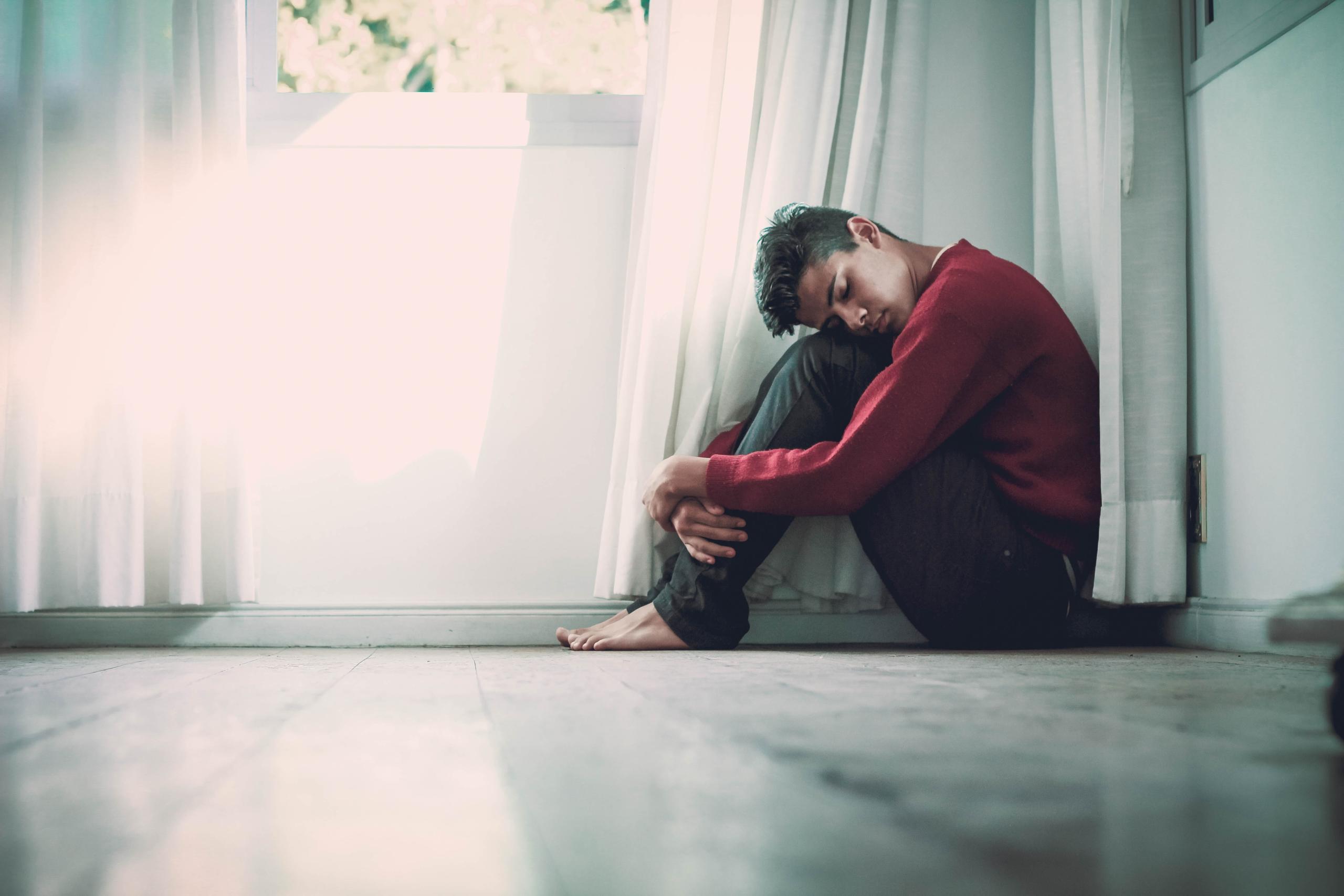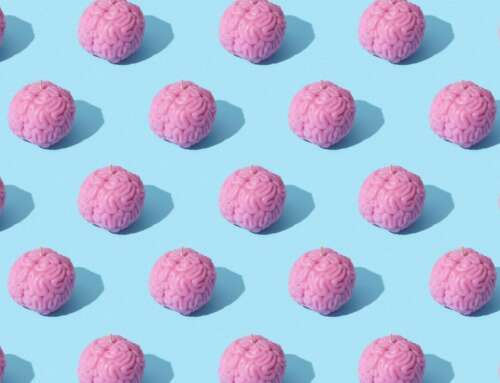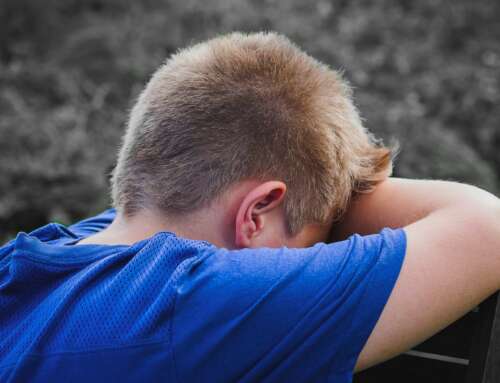The heart-rending suicides of Kate Spade and Anthony Bourdain shocked and upset us.
Here were two eminently successful people who ended their own lives. Why would they do this? How could they have achieved so much, yet not want to keep living? Their suicides struck most of us as not only tragic, but bewildering.
In the aftermath of these two highly publicized deaths, a much-needed debate has ensued about suicide – its causes and its prevention.
Some have argued that suicide is the product of mental disorder. This encapsulates the illness model of suicide, which maintains that people who kill themselves are mentally ill. Because they are sick, we must medically treat them if we are to restore them to mental health. In keeping with this view, illness model advocates contend that suicide is a byproduct of mood, anxiety, and other mental disorders. However, in some instances, illness model advocates go even further, arguing that suicidal behavior itself constitutes a disorder. For example, the Diagnostic and Statistical Manual of Mental Disorders (DSM-5) includes a proposed (but still unofficial) disorder called suicidal behavior disorder. Anybody who has attempted suicide in the past two years for non-political or non-religious purposes qualifies for this disorder, according to the draft criteria. Seeing suicidal behavior as disordered is consistent with the illness model. The implication is that reducing suicide requires curing the underlying mental disorders of those who attempt it.
This sounds good, but there is reason to pause before wholeheartedly endorsing the illness model. A press release from the Centers for Disease Control (CDC) issued the same week as Spade and Bourdain’s suicides points out that over half of people who die by suicide have no diagnosable mental disorder. However, a variety of (often overlooked) social factors are consistently correlated with suicide – things like relationship problems, grief and loss, substance use issues, ongoing physical health difficulties, and stressors related to employment, housing, and the law.
– Jonathan D. Raskin, Ph.D.
Read more: Suicide as Sickness?








Leave A Comment